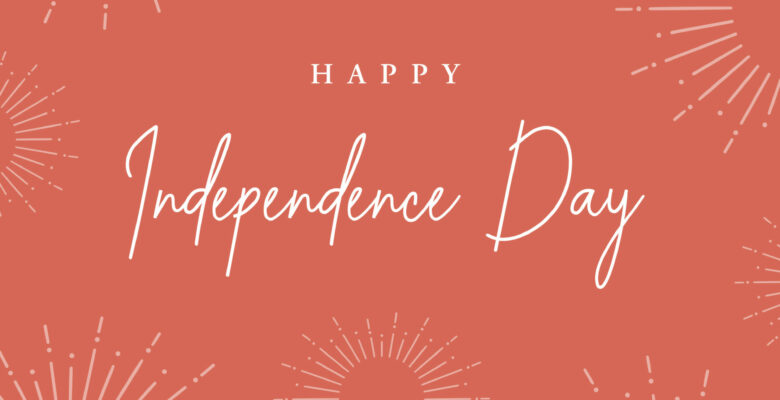History of the Star-Spangled Banner
“The Star-Spangled Banner” is the national anthem of the United States of America. It was written by Francis Scott Key during the War of 1812, on September 14th, 1814, while observing the bombardment of Fort McHenry by British ships in Baltimore Harbor.
Key was a lawyer and amateur poet who had been sent to negotiate the release of American prisoners of war held by the British. He was aboard a British ship when he witnessed the attack on Fort McHenry and was inspired to write the poem that would become “The Star-Spangled Banner.”
The poem was set to the tune of a popular British song called “To Anacreon in Heaven” and soon became a patriotic favorite, with performances at military and civic events throughout the country. It wasn’t until 1931 that President Herbert Hoover signed a law officially designating “The Star-Spangled Banner” as the national anthem of the United States.
Today, “The Star-Spangled Banner” is performed at major sporting and cultural events across the country and is a powerful symbol of American pride and patriotism.
Lyrics
O say can you see by the dawn’s early lightWhat so proudly we hailed at the twilight’s last gleamingWhose broad stripes and bright stars through the perilous fightO’er the ramparts we watched, were so gallantly streaming?And the rocket’s red glare, the bombs bursting in airGave proof through the night that our flag was still thereO say does that star-spangled banner yet waveO’er the land of the free and the home of the brave
Self Reflection
Here six self-reflection questions related to the lyrics of “The Star-Spangled Banner”:
- What does “the land of the free and the home of the brave” mean to you? How have you experienced freedom in your life?
- What does bravery look like to you?
- How do the lyrics of “The Star-Spangled Banner” make you feel about being an American? Do you feel a sense of pride, responsibility, or something else?
- The song mentions “bombs bursting in air” and “the rocket’s red glare.” How do these images make you feel? Do they stir up emotions of fear, excitement, or something else?
- What do you think the song means when it says that a flag was “still there” after a night of fighting? How can this idea be applied to challenges or obstacles in your own life?
- The phrase “o’er the land of the free and the home of the brave” is repeated multiple times in the song. Why do you think repetition is used, and what effect does it have on the listener? How does the repetition of this phrase relate to your own values and beliefs?



